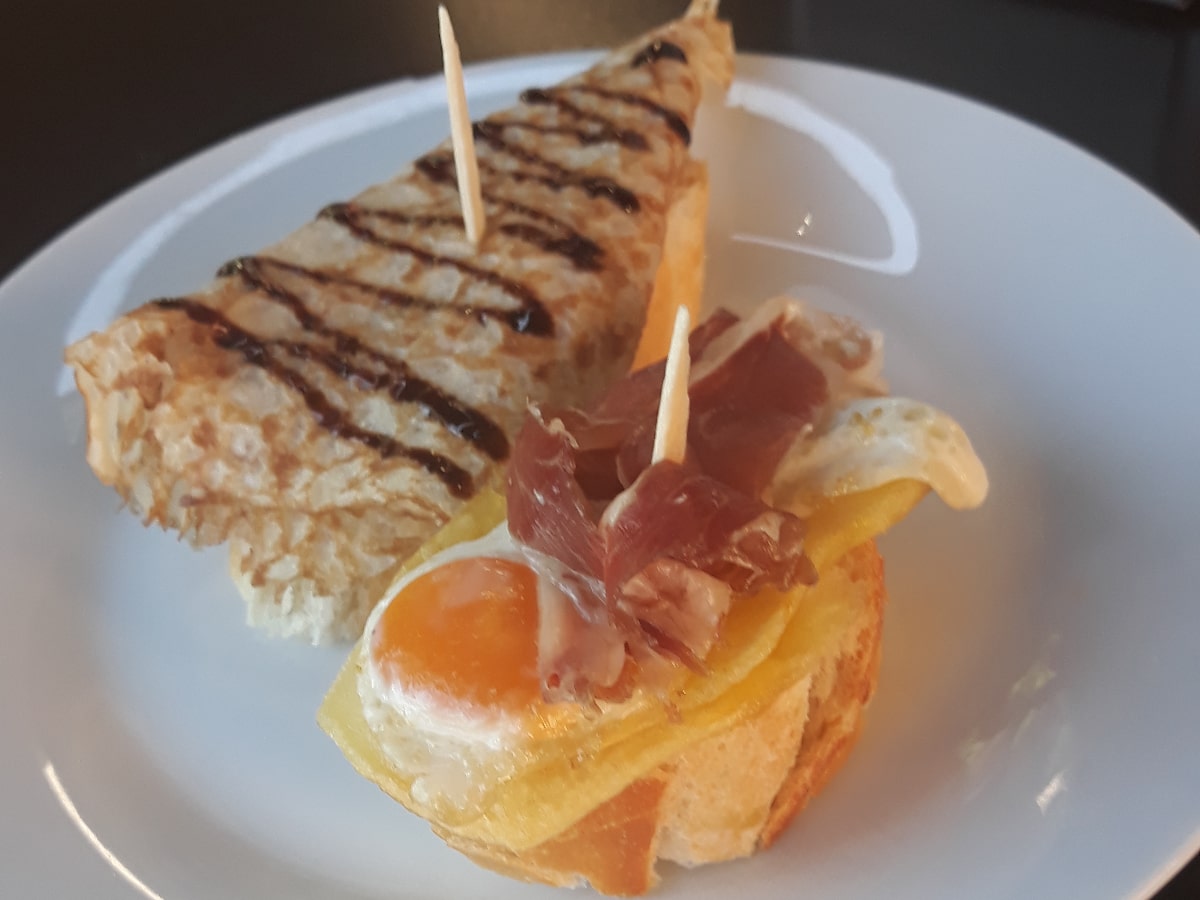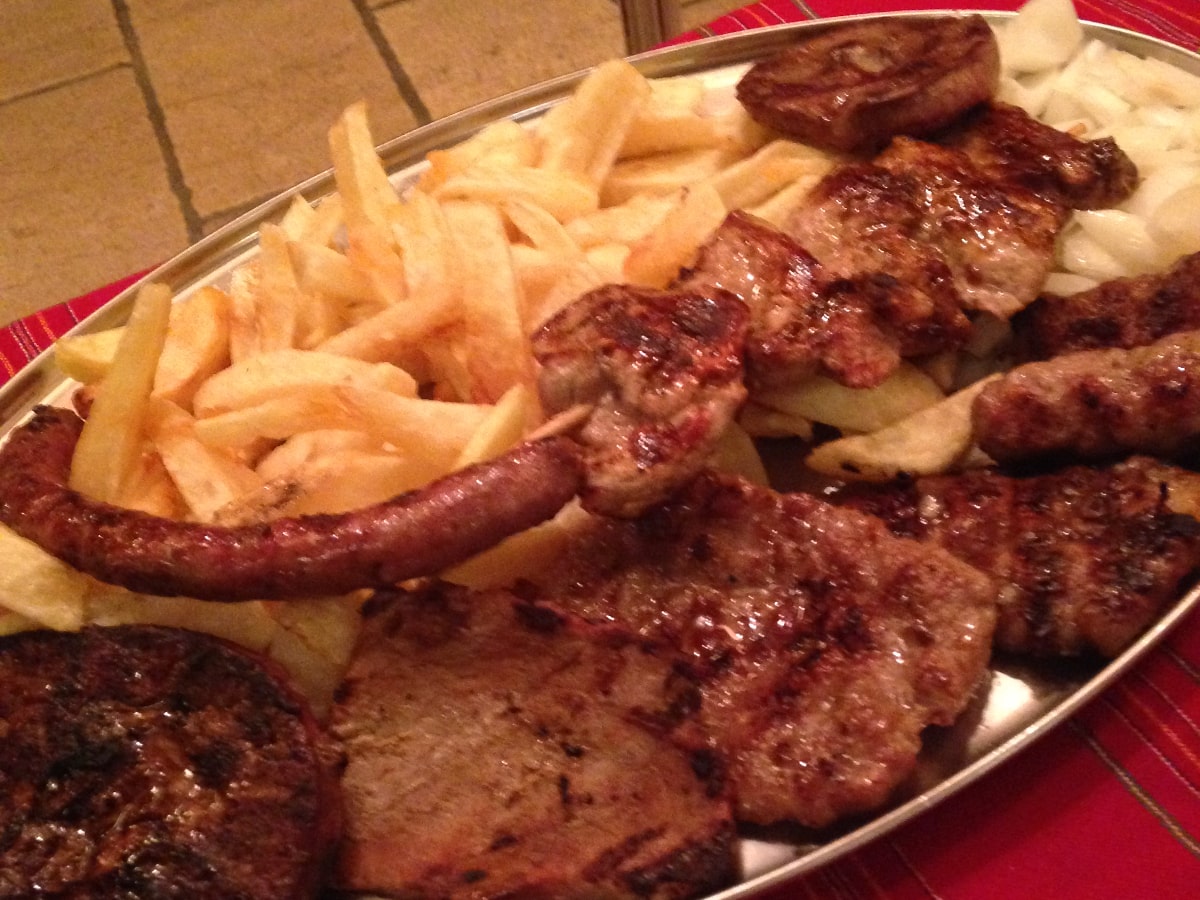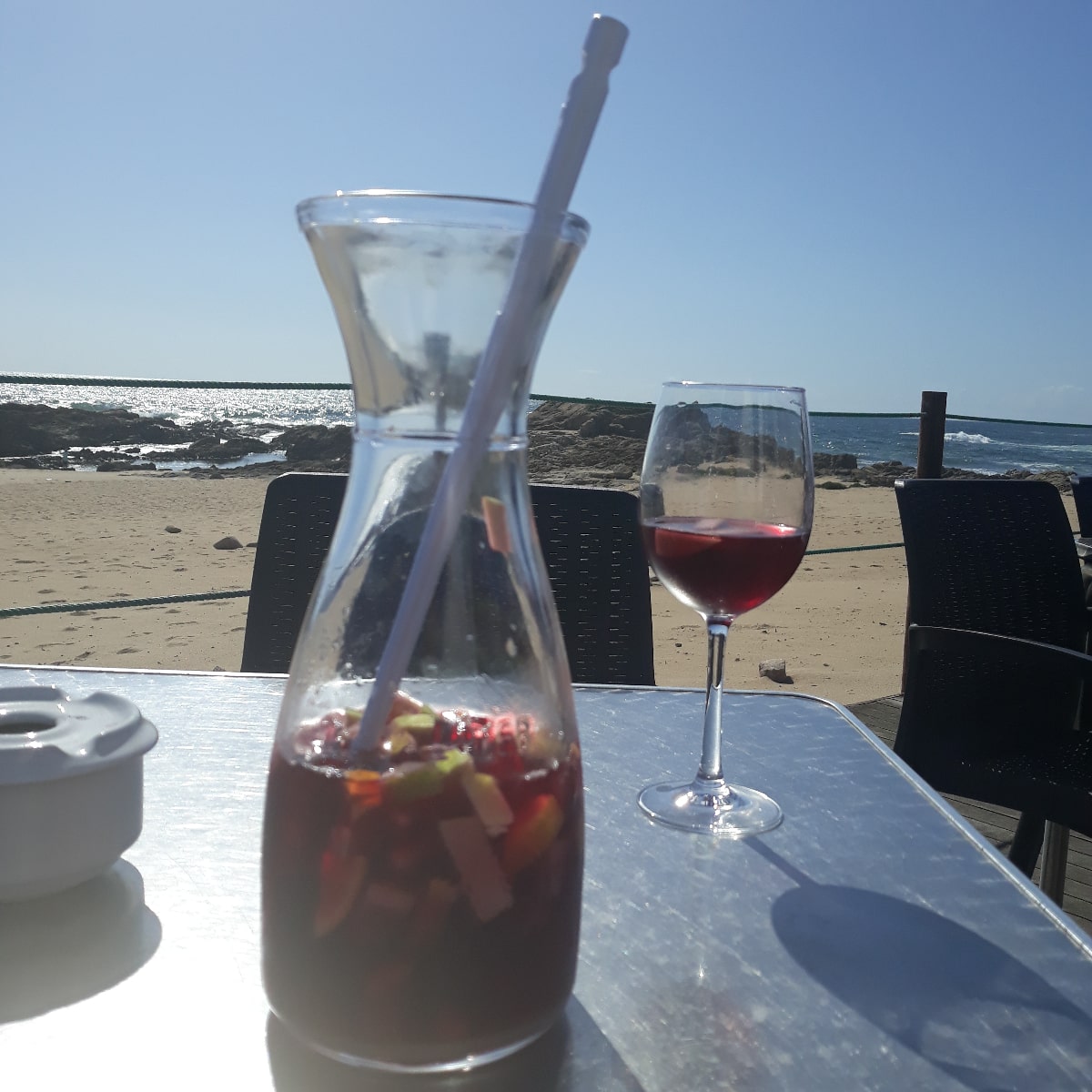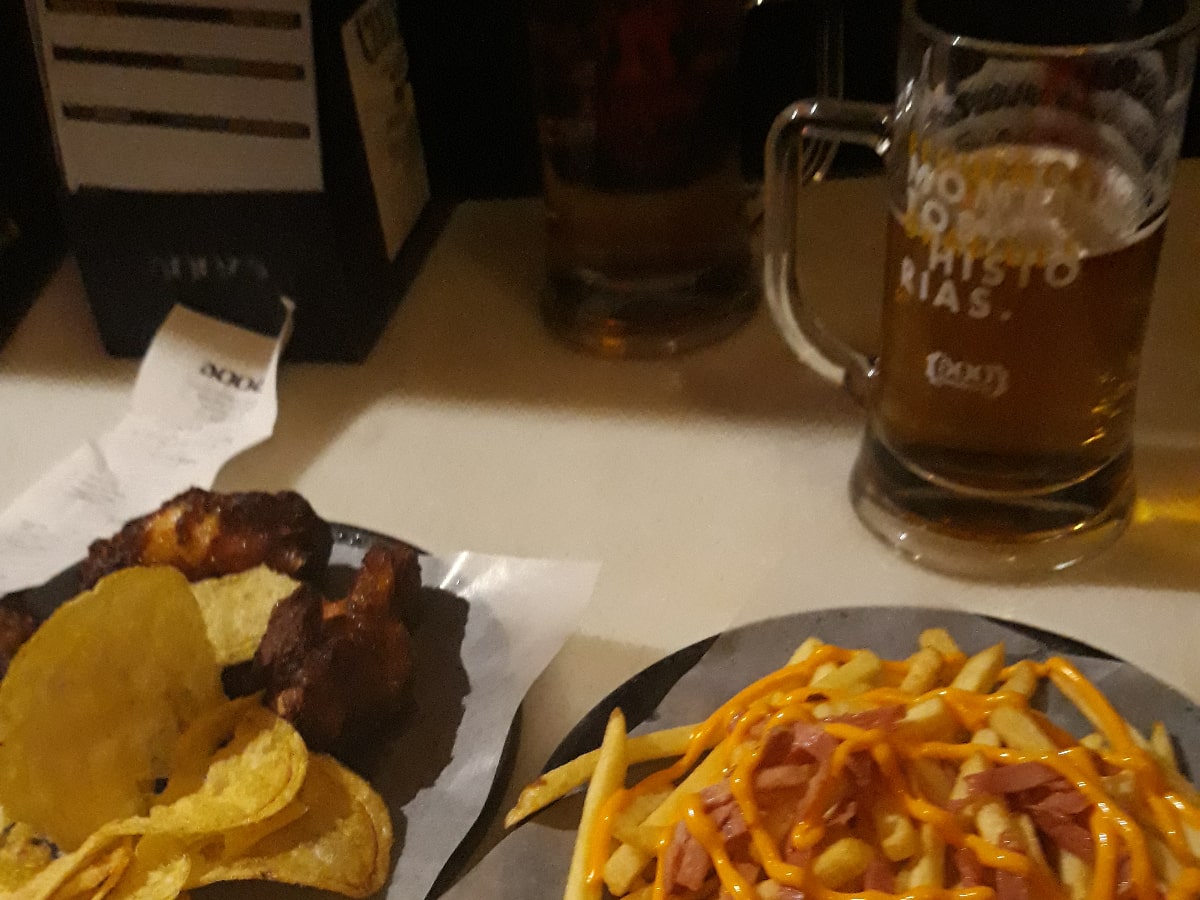There are certain unavoidable costs that even the most savvy of budget travellers cannot avoid. The need to purchase food and drink ranks pretty high on that list and will take up a sizable chunk of any backpacking budget. However if you’re really watching the pennies or cents as you travel, there are some excellent ways to really reduce what you spend on food and drink. Below, we’ll look at how to eat and drink cheap while travelling.
Tips that will Help you Eat and Drink cheap as a Backpacker
Think like a Local
The best way to save on eating and drinking costs while experiencing more of the country you are visiting is to go local. In many countries in Asia, Africa and South and Central America, wages are often very low, yet people still find a way to eat, drink and feed their families, whilst still enjoying themselves and eating out from time to time.
The trick is simply to do as the locals do and try to adopt a local mindset. This generally means eating local or regional dishes in the kinds of restaurants where locals go. If you’re drinking alcohol, try to find a national beer, wine or spirit that you like as they will almost always be cheaper than imported ones.

When shopping at the supermarket, the same principle applies to all kinds of products. If you’re shopping for snacks for example, each country or region will have their own crisps and biscuits which are often very similar to, yet three or four times cheaper than the more familiar brands from abroad.
Thinking, acting and spending like a local as much as possible, will save you a lot of money on food and drink if you’re on a long backpacking trip. It’s perhaps the most important thing to consider unless you have some kind of magic formula for securing free food when travelling. The closest thing to that may be getting a job in a hostel where meals are included or by doing some kind of work exchange with a company like Worldpackers or Workaway.
Avoid the Tourist Traps & Expensive Districts
A good idea is to get away from the main tourist areas where costs are inevitably higher (and the quality is often lower). Heading into the suburbs of any town, you will see prices on food and drink often immediately drop dramatically, unless it’s a really fancy neighbourhood.
There is a chance you may get charged more than the locals in some places (it certainly helps if you speak some of the local lingo) but most restaurants in the suburbs of any town will still have menus with fixed prices. With the help of google translate, you should be able to figure out what’s what if there is a language barrier.

Another way to eat cheaply when travelling is to locate some street markets (preferably not ones where most people are other travellers and tourists). These are often fantastic value for fresh fruit and many will have stalls serving breakfasts and lunch meals. Countries like Mexico, China and Thailand have delicious and cheap street food and BBQ’s which are perfect for a quick snack or more.
Self-Catering saves Money
If you’re travelling in wealthier countries such as Australia or the USA (where costs are very high), things are a little different and you may need to adapt your approach. Suburbs are still generally cheaper than central areas and local products are slightly cheaper but the difference is nowhere near as dramatic as in many developing nations. Good restaurants are often very expensive in these countries and it can be really hard to eat and cheap and healthy while travelling in a place where the most viable budget option might be a fast food restaurant or hot dog stall.
Therefore, shoestring travellers in expensive countries will most likely need to resort to self-catering more often. There’s no shortage of supermarkets in Western Europe or North America, and it’s relatively easy to prepare a simple meal.
It’s therefore often well worth choosing a hostel with a kitchen and cooking facilities, even if it costs slightly more each night for a bed than other options without kitchen facilities. If you’re travelling with friends or as a group, sharing an Airbnb can also prove cost effective in these circumstances and you won’t need to worry about waiting your turn for a bit of space in a busy hostel kitchen.
Saving Money on Drinks as a Backpacker
It’s no secret that alcohol often plays quite a big role in the social elements of being a backpacker. If you are a serious drinker, booze can end up taking a really big chunk of your budget. However many of the same principles apply to drink as they do food and it is still possible to drink very cheaply in most countries if you buy alcohol at supermarkets and drink mostly in your hostel.
If you’re not a student, it’s time to start acting like one. A litre of local beer in a supermarket can be found for as little as €1.50 even in wealthy cities such as Barcelona. If you’re heading out after, do a bit of research before heading into bars and clubs, particularly in cities such as Paris and London where a single drink can be five to ten times that much, not to mention the cover charges that would blow any travel budget.
In many parts of the world however, you can get very tipsy indeed for the price of a single beer in a half-decent bar in a country in Western Europe or North America.

It’s also worth considering that many of the chain hostels e.g. the Loki ones in South America are good places to party but charge a lot more for drinks than some of the other independent ones and certainly more than local bars. Many such hostels with bars, also ban you from bringing in your own alcohol, although it’s not that hard to sneak around those particular rules.
On the non-alcoholic front, in countries where it is safe to drink, tap water will be your best friend. Drink lots of it and fill up large bottles before going trekking or doing activities that involve spending the whole day outdoors.
These tips on how to eat and drink cheap while travelling were last updated in November 2022.

